
|
 |
| Where
Mythology and History Entwine. The exists a point in Irish history where what we know of as historical fact meets with and joins the well preserved chronicles of Ireland's mythological lore. Just exactly where that point may be located is no longer possible to accurately determine. |
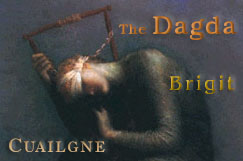 |
| Early
Bronze Age 2001-1500 BCE A strong proliferation of wedge tombs mark the dawn of the Bronze age. Several hundred of these have been identified in the west. These sites are located near ore deposits of copper and silver, which were well mined in this period. A healthy metals industry arises with regular exporting established to Britain and beyond. 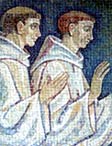 The survival of Ireland's ancient lore is due primarily to the efforts of the monks of the middle age monasteries. Unlike the obliteration suffered elsewhere under the church, much of Irish culture was preserved by her scholar scribes. |
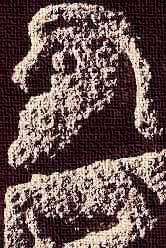 much
debated by historians. The exact time of when Celts first set foot on
Ireland is still uncertain. It is safe to align their ascendancy with
the transition between the Bronze and Iron Ages. The tribes of Europe
certainly possessed iron before reaching Ireland. If an invasion it was,
then the bronze of the native warriors would have been no match for the
stronger swords of the Celts. Yet, there is evidence of Celtic influence
on late Bronze age designs. The question remains whether the rise of the
Celtic population was achieved peacefully, and over a few centuries or
more abruptly through conquest. much
debated by historians. The exact time of when Celts first set foot on
Ireland is still uncertain. It is safe to align their ascendancy with
the transition between the Bronze and Iron Ages. The tribes of Europe
certainly possessed iron before reaching Ireland. If an invasion it was,
then the bronze of the native warriors would have been no match for the
stronger swords of the Celts. Yet, there is evidence of Celtic influence
on late Bronze age designs. The question remains whether the rise of the
Celtic population was achieved peacefully, and over a few centuries or
more abruptly through conquest. |
 Iron age sword, Nineteenth century rendering. Further Ireland Resources Theme Introduction Content Directory
Stay
informed! 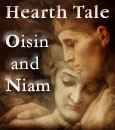

|
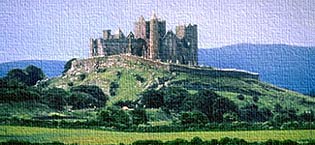 Cathedral of St. Patrick on the Rock of Cashel, just outside Cashel, county Tipperary
|

| Learn
more about the Earthlore story, upcoming web features and future cultural projects.
Ask to receive your free newsletter Your questions or comments are always welcome! queries@elore |
 |